According to the announcement of the Tet train schedule of Urban Railway Company No. 1 (HURC1 - the metro operator), on the 1st, 2nd and 3rd days of Tet, the metro will run 156 trips/day, with an interval of 12 - 15 - 18 minutes. This announcement was made with the calculation that the number of passengers taking the train during the day will decrease because many people have returned to the provinces and cities for Tet. However, right before New Year's Eve, the trains were continuously overloaded.
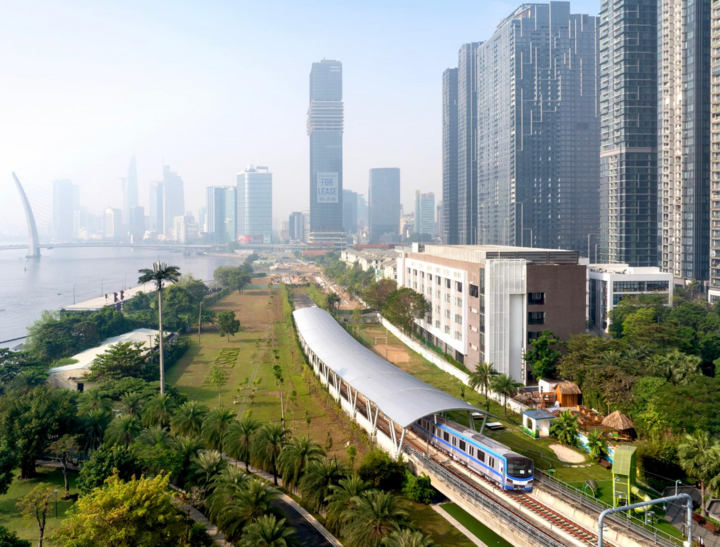 Metro Line 1 operates on days close to the Lunar New Year, relieving the thirst for public transport in Ho Chi Minh City. (Photo: HURC)
Metro Line 1 operates on days close to the Lunar New Year, relieving the thirst for public transport in Ho Chi Minh City. (Photo: HURC)
On the first day of Tet, many people from neighboring provinces of Tay Ninh, Binh Duong, Dong Nai, Long An came to Ho Chi Minh City to celebrate Tet and experience taking the train to Nguyen Hue flower street.
Many families patiently waited for nearly an hour to board the train. That is why, from the evening of the first day of Tet, HURC1 increased the number of trips and reduced the interval to only 9 minutes per trip. From the third day of Tet, starting from 9:40 am to 10 pm, there will be a train every 10 minutes.
Tet At Ty 2025 is the first year that people in Ho Chi Minh City and neighboring provinces can visit Nguyen Hue flower street, Le Loi book street and destinations such as Doc Lap Palace, Notre Dame Cathedral, City Post Office, Ben Thanh market, City Theater, Van Thanh Tourist Area, Landmark 81, Suoi Tien Tourist Area... by metro conveniently, without having to worry about traffic jams or struggling to find a parking space.
Previously, when the train started selling tickets after a month of free rides for people to experience, many people thought the train would be empty, because the initial crowd was due to people taking advantage of the free ride.
However, when the fee was collected, the number of passengers did not decrease but continued to increase, people chose Metro No. 1 as their daily means of transportation. This can confirm that Metro No. 1 has quenched the thirst for public transportation for Ho Chi Minh City with more than 10 million people.
Metro Line 1, with a length of nearly 20km, starting at Ben Thanh Market and ending at the new Eastern Bus Station, going from the city center through Binh Thanh and running along the length of Thu Duc City, is the first urban railway line of Ho Chi Minh City, operating in the last days of 2024 after more than a decade of waiting and hoping by the city's residents.
The first urban railway line not only carries the responsibility of reducing traffic congestion at the eastern gateway, but also carries the aspiration to change the face of traffic, creating a premise and lesson for Ho Chi Minh City to complete 7 urban railway lines with a length of 355km by 2035.
According to HURC1, Metro Line 1 has received great response and attention from residents and tourists. Every day, hundreds of thousands of passengers use it, not only for experience but many people have switched to using metro combined with buses as a means of transportation to school and work every day.
After more than 1 month of official operation, Metro Line 1 has carried 1.76 million passengers (as of January 6). The average daily output is 109,915 passengers/day, 2.8 times higher than the forecasted output.
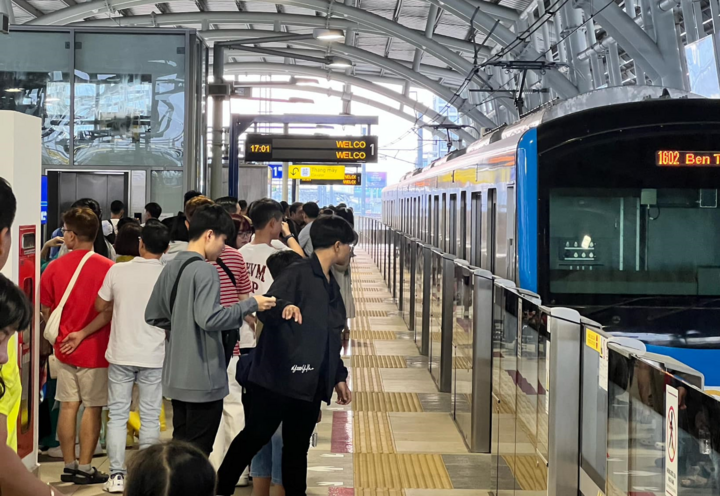 Train stations are always crowded with passengers waiting for trains. (Photo: N. Son)
Train stations are always crowded with passengers waiting for trains. (Photo: N. Son)
Mr. Le Minh Triet, Director of HURC1, said that people's demand for metro is increasing rapidly, especially during peak hours from 4-10pm, accounting for about 35% of daily passengers, showing that metro has gradually become an important means of transportation in Ho Chi Minh City.
According to Chairman of Ho Chi Minh City People's Committee Phan Van Mai, the commercial operation of metro line No. 1 Ben Thanh - Suoi Tien is an important milestone, marking a turning point in the development of Ho Chi Minh City's transport.
He is hopeful about the future of the city's urban railway network, especially with the urban railway development project approved by the Politburo. This project aims to develop an additional 355 km of urban railway by 2035.
Sharing with the press on the occasion of Tet At Ty, Chairman Phan Van Mai said that Ho Chi Minh City and Hanoi are coordinating with the Ministry of Transport to prepare documents for the urban railway project.
It is expected that the project will be submitted to the National Assembly in the middle of this year to issue a resolution on new urban railway development mechanisms and policies, excelling from preparation to bidding mechanisms, to shorten project preparation time to 3-5 years, construction time is also about 3-5 years; develop urban areas in the direction of TOD; attract strategic investors, diversify investment resources...
And after the resolution is issued by the National Assembly, Ho Chi Minh City plans to start construction on Metro Line 2 first and pilot new mechanisms and policies. The remaining lines will be prepared for implementation in groups, for example a package of 3-5 lines, instead of one line at a time. Ho Chi Minh City is determined to complete 355 km of urban railway by 2035.
How can Ho Chi Minh City complete 355 km of urban railway by 2035?
In the content of the submission of the Ho Chi Minh City People's Committee on the Metro Development Project according to Conclusion No. 49 of the Politburo on the orientation of Vietnam's railway transport development to 2030, with a vision to 2045, Ho Chi Minh City proposed to invest in and complete 7 metro lines with a length of about 355 km by 2035, with an investment capital of more than 40.21 billion USD. By 2045, the City will complete an additional 155 km, bringing the total length to about 510 km.
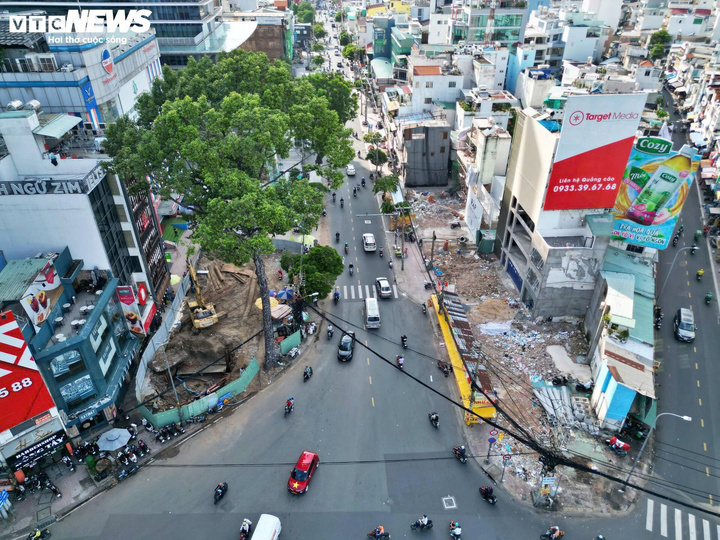 After Metro Line 1, Metro Line 2, which is more than 11 km long, is speeding up construction. (Photo: Luong Y)
After Metro Line 1, Metro Line 2, which is more than 11 km long, is speeding up construction. (Photo: Luong Y)
Experts say that to achieve the goal of completing hundreds of kilometers of metro in the next 10 years, Ho Chi Minh City needs to develop a standard process, from developing transport infrastructure, integrating TOD models, mobilizing financial resources, organizing connecting traffic, to building commercial services around stations.
Responding to VTC News, Architect Ngo Viet Nam Son said that from the success of Line 1, the city will gain experience in expanding to other urban railway lines, first of all investing in and completing 7 metro lines with a length of about 355 km by 2035.
He said don't look at the first 20km line that took us more than 10 years to see that building 355km of metro in the next 10 years is difficult, it is a challenge but in fact it is feasible. The world is not without precedent. Looking at the countries developing urban railways around, especially China, Shenzhen has built dozens of metro lines within 5-6 years, Shanghai also built dozens of metro lines within a decade.
So it is clear that Ho Chi Minh City can do it too. The important thing is that to carry out such an ambitious plan, the city needs to be prepared, have breakthrough thinking, have planning, plans, management and implementation methods completely different from Metro Line 1.
According to Mr. Son, Ho Chi Minh City should not hesitate to spend 2-3 years to prepare thoroughly and systematically, and must research solutions with new breakthrough thinking. What is not yet complete or clear must be supplemented immediately. From legal, mechanism, policy and investment capital, there must be a ready scenario. This is a huge market economic problem, so if you do not have experience, you can hire experts to support more effectively.
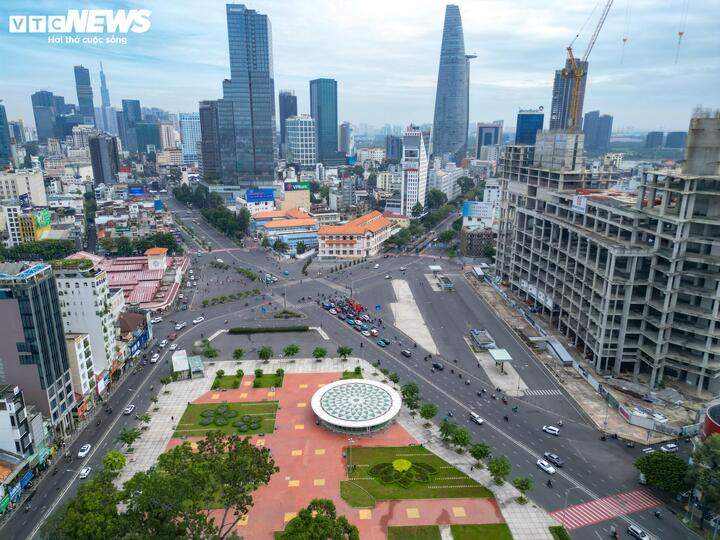 Connecting underground space of Metro Line 1 with buildings in the central area is a proposal from experts for Ho Chi Minh City to develop its urban railway network. (Photo: Luong Y)
Connecting underground space of Metro Line 1 with buildings in the central area is a proposal from experts for Ho Chi Minh City to develop its urban railway network. (Photo: Luong Y)
And the most important is compensation and site clearance, this is the reason why the project is prolonged. There are many projects where compensation and site clearance take up to ten years, now there should be a solution to complete within 1 year.
"In our plan to build dozens of metro lines in the next 10 years, the first thing we have to do is learn from the experience of Metro Line 1, why it took so long. Let's see if, under ideal conditions, it is possible to build an urban railway line like Metro Line 1 in just 4-5 years.
I often joke that it took me 15 years to cut down the first old tree, and to cut down the other 10 trees in a shorter time and more effectively, I need to prepare a sharper axe. So spending a few years to prepare well for the upcoming big journey is very necessary," said Mr. Son.
Once all the conditions are ready, consider whether to launch multiple routes at the same time. If each route is implemented in accordance with ideal conditions, within the proposed time, the city will have the desired urban railway system. Of course, when it comes to implementation, the reality is much more complicated, but set out requirements that can be improved, and prepare for the best implementation.
Currently, Ho Chi Minh City is proposing to the Government to establish an infrastructure investment corporation with a capital scale of tens of billions of USD. This is a corporation with the participation of the State and investors, but the State plays the leading role.
This model has been implemented in many countries and has been very successful, so if applied, this will be the focal point for carrying out tasks such as compensation for clearance according to market mechanisms, mobilizing investment capital, unifying the technical aspects of routes or investing in TOD infrastructure to attract capital; possibly adding the production of locomotives and carriages, repairing and maintaining the entire city metro system...
Dr. Phan Huu Duy Quoc, a member of the senior advisory team on urban railway development in Ho Chi Minh City, an expert who participated in the construction of Metro Line 1, said that according to the plan, in the coming years, the development of the city's metro system will have a huge amount of work.
Ho Chi Minh City needs a long-term strategy that goes beyond building individual metro lines, and instead develops into a modern and integrated transport network. Successful implementation requires a different approach.
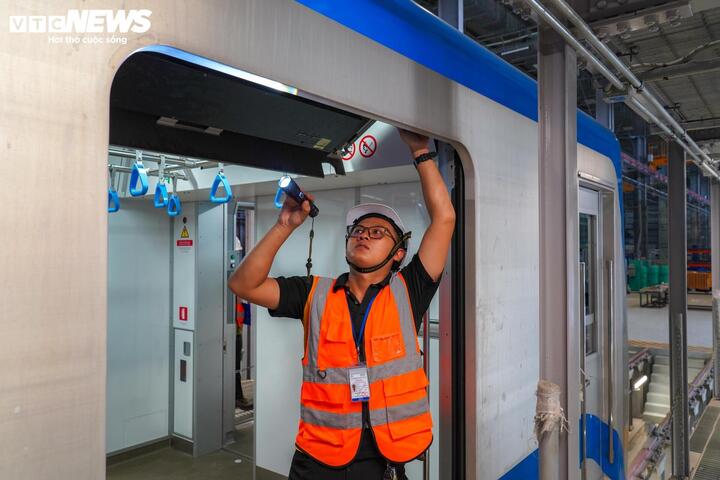 Autonomy in technical standards and development of domestic resources is a sustainable way for Ho Chi Minh City to build and operate hundreds of kilometers of urban railway. (Photo: Luong Y)
Autonomy in technical standards and development of domestic resources is a sustainable way for Ho Chi Minh City to build and operate hundreds of kilometers of urban railway. (Photo: Luong Y)
Mr. Quoc said that the current metro system is still based on the transportation mindset, not fully exploiting the potential for urban development. Developing towards public transport, exploiting urban areas around stations (TOD) is necessary to increase efficiency and sustainable development. To do this, the city needs to establish an integrated corporation, taking on TOD planning, metro construction and operation. This is an effective model in Japan, combining public-private partnerships to optimize resources.
The city also needs to grant autonomy to the Ho Chi Minh City Urban Railway Management Board and financial autonomy, reduce dependence on ODA capital, and focus on developing domestic technology. Lessons from the construction of Metro Line 1 will be an important basis for implementing the next lines more effectively, without repeating previous delays and difficulties.
"In the 10-year plan, to basically complete the Metro system, it requires a change in the way of doing things. Ho Chi Minh City must be given the right to decide and be autonomous, and the Urban Railway Management Board must also be given more autonomy. Instead of controlling the implementation process in every small detail, let's focus on the quality of the output product. If we still ask for permission and control the process as it is now, we certainly cannot implement this ambitious plan," said Mr. Quoc.
In addition, this expert also proposed that the city should be self-sufficient in capital sources, reducing its dependence on ODA loans. In addition, it should be self-sufficient in technical standards and gradually develop domestic resources, from locomotives to technical systems. Only when all these factors are combined can the ambition of completing the metro network in 10 years become a reality.
In the Ho Chi Minh City Planning for the period 2021-2030, with a vision to 2050, which has just been announced, regarding the urban railway development plan, the city will develop 12 routes associated with the formation and development of urban areas according to the TOD model with connectivity in the Southeast Region. Priority routes to be implemented in the period 2021-2030 include:
Route 1 (40.8km): Starting point in Binh Chanh District - Ending point in Thu Duc City
Route 2 (62.2km): Starting point in Thu Duc City - Ending point in Cu Chi district
Route 3 (45.8km): Starting point in Binh Chanh District - Ending point in Thu Duc City
Route No. 4 (47.3km): Starting point in Hoc Mon District - Ending point in Nha Be District
Route No. 5 (53.9km): Starting point in Binh Chanh District - Ending point in Thu Duc City
Route 6 (53.8km): Mainly passes through Thu Duc City, District 7, Binh Chanh, and inner city districts
Route No. 7 (51.2km): Starting point in Binh Chanh district - End point in Thu Duc city.
HA LINH - Vtcnews.vn


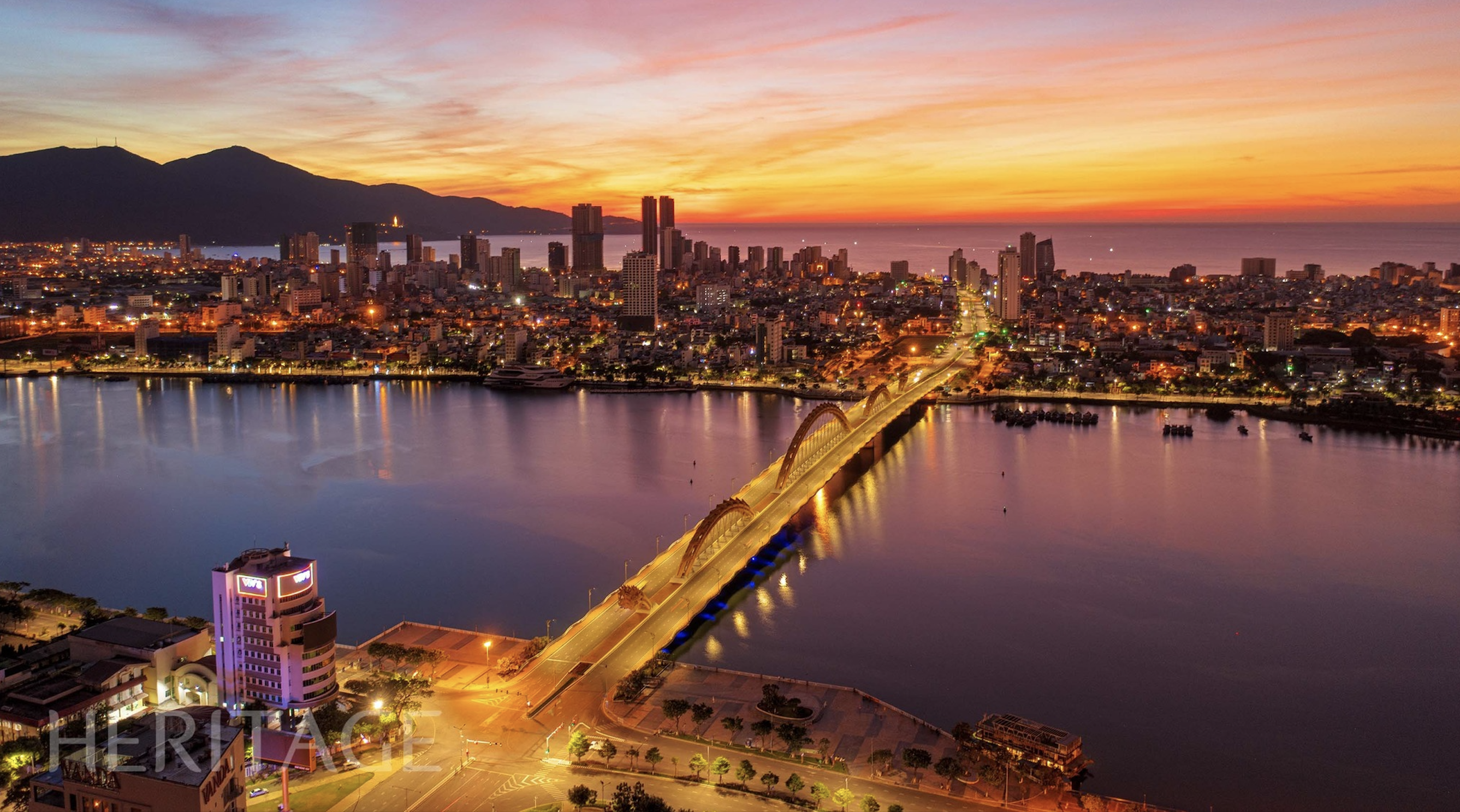
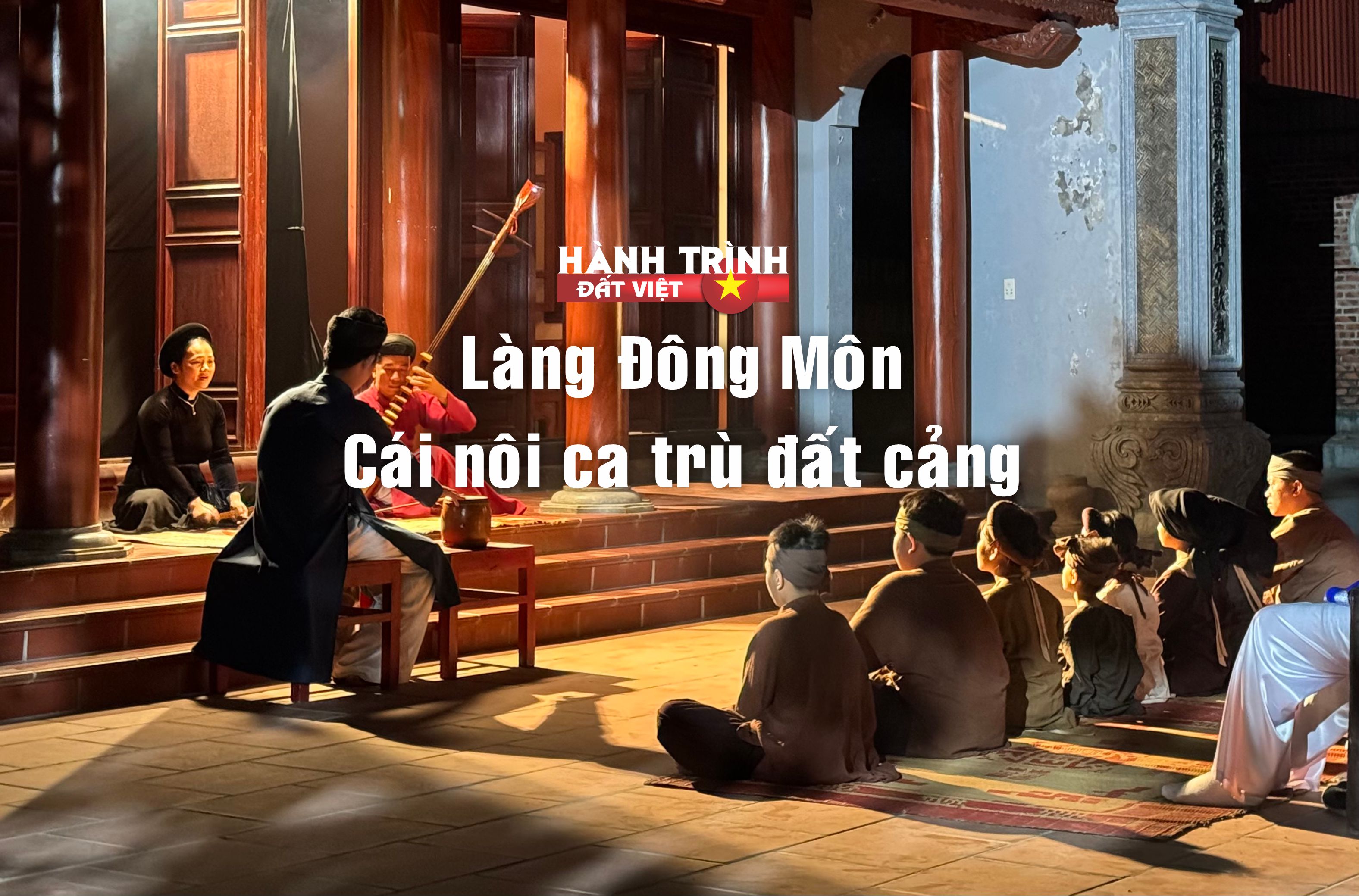


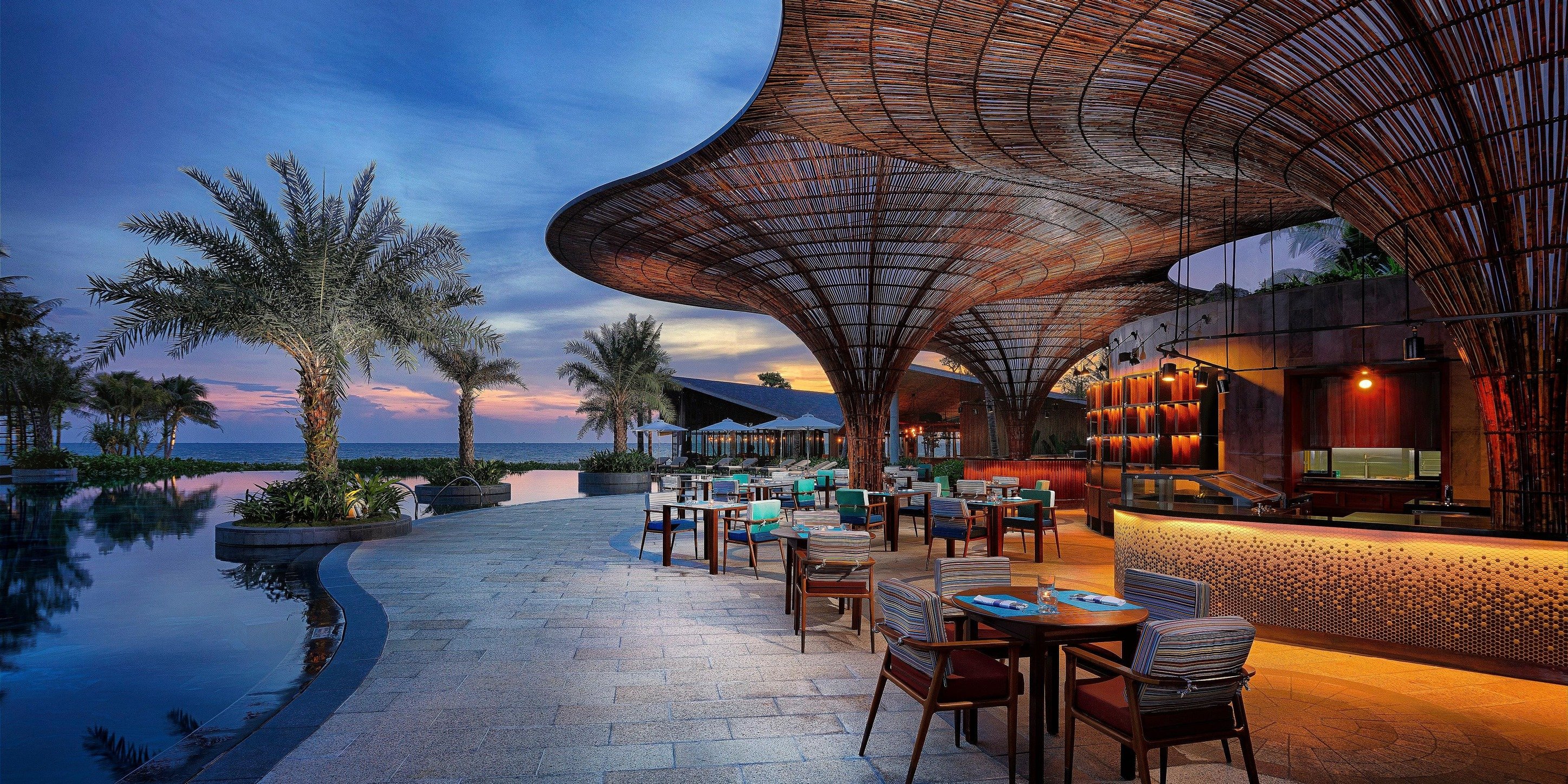

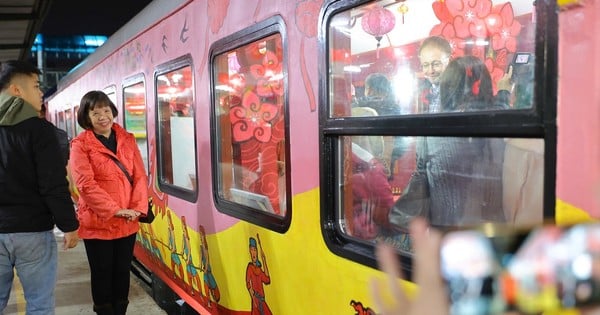



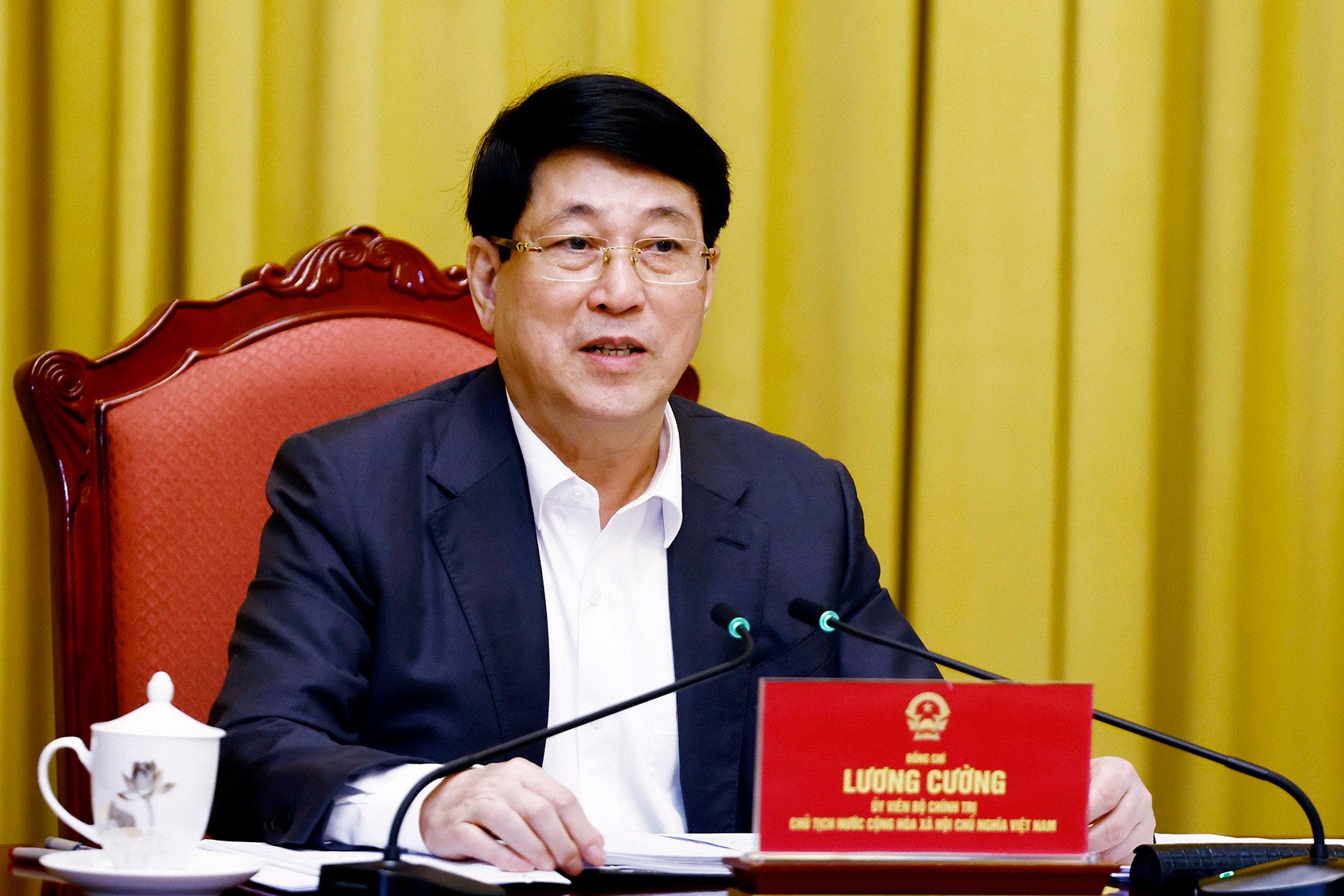

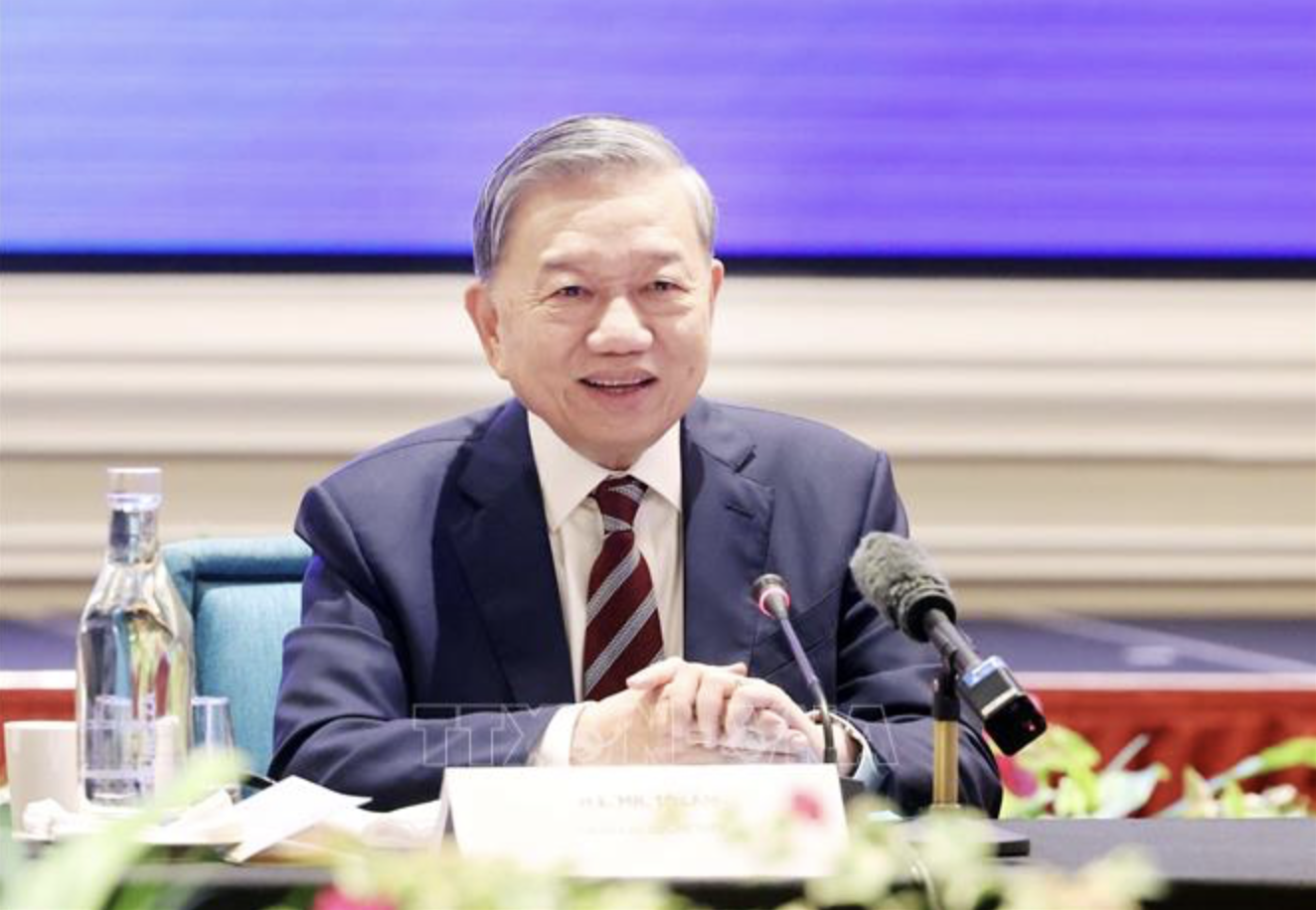



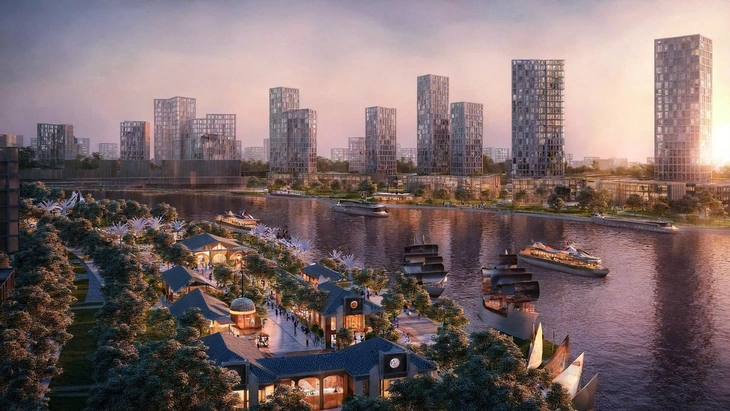

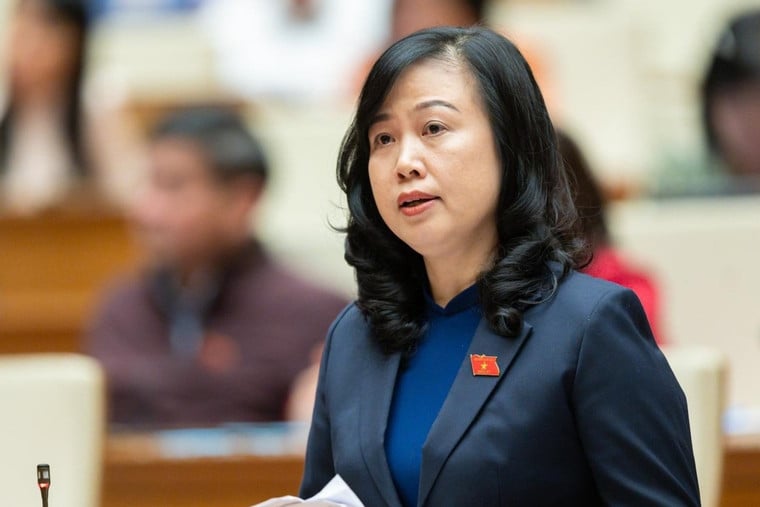
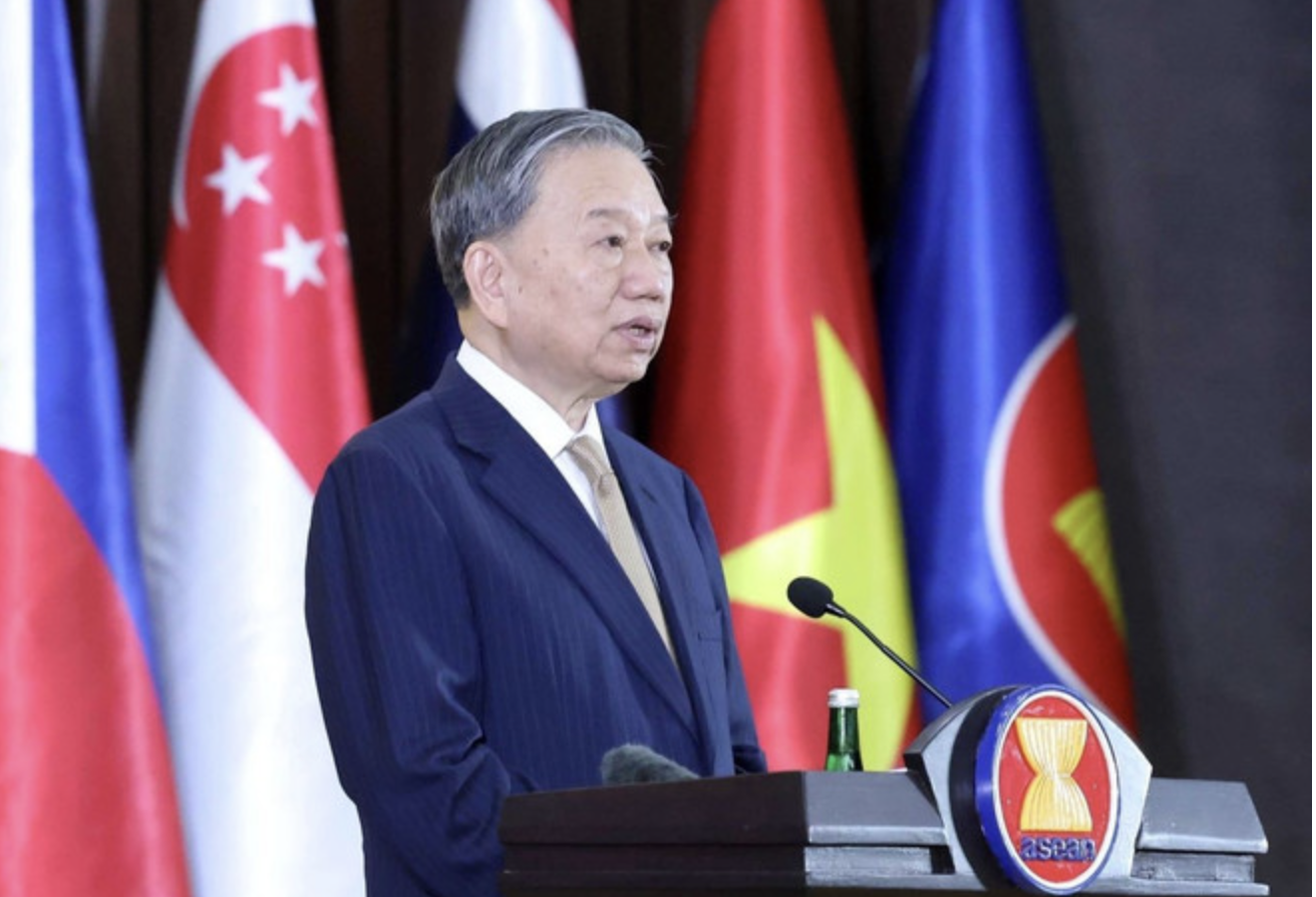









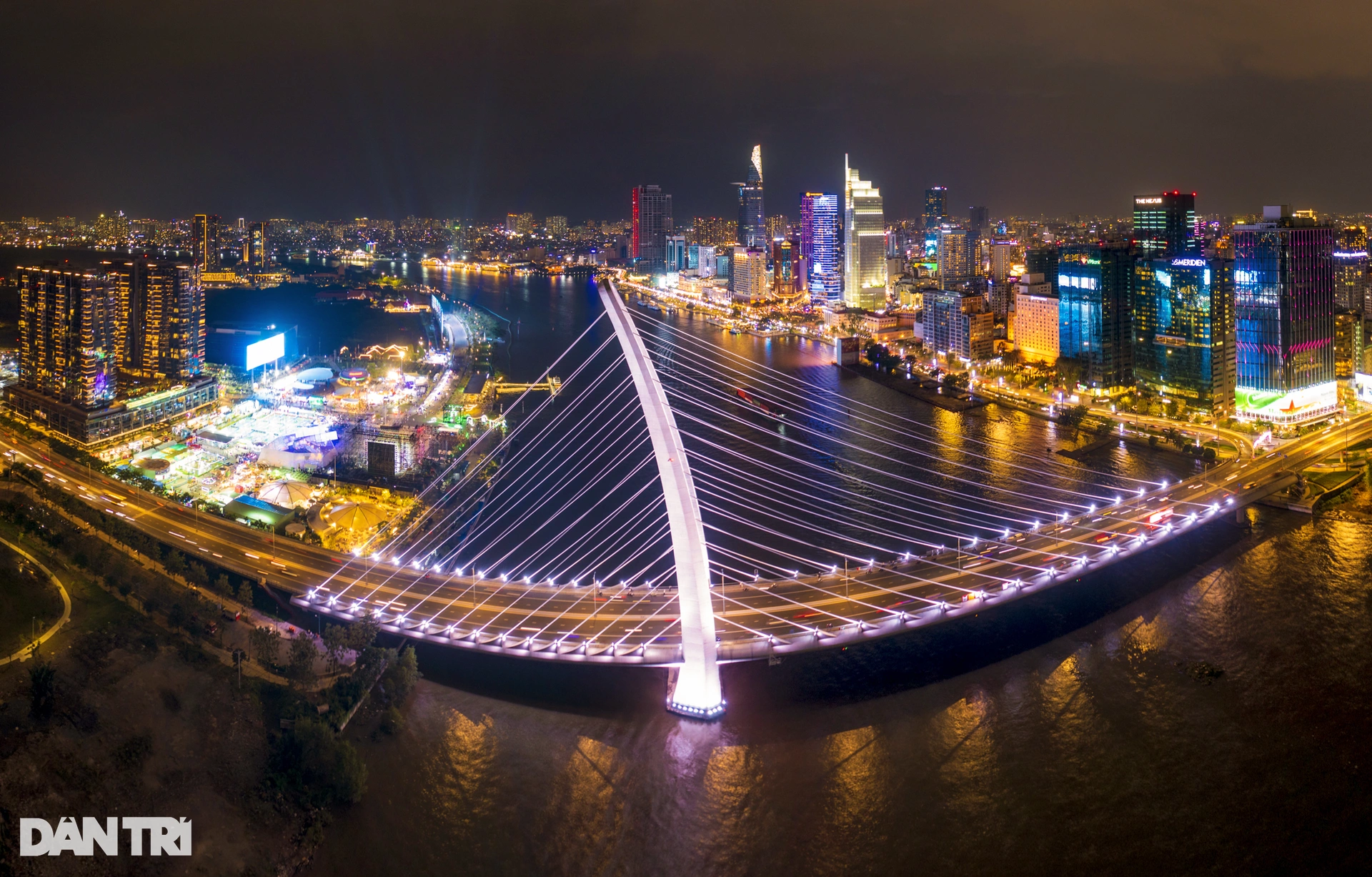

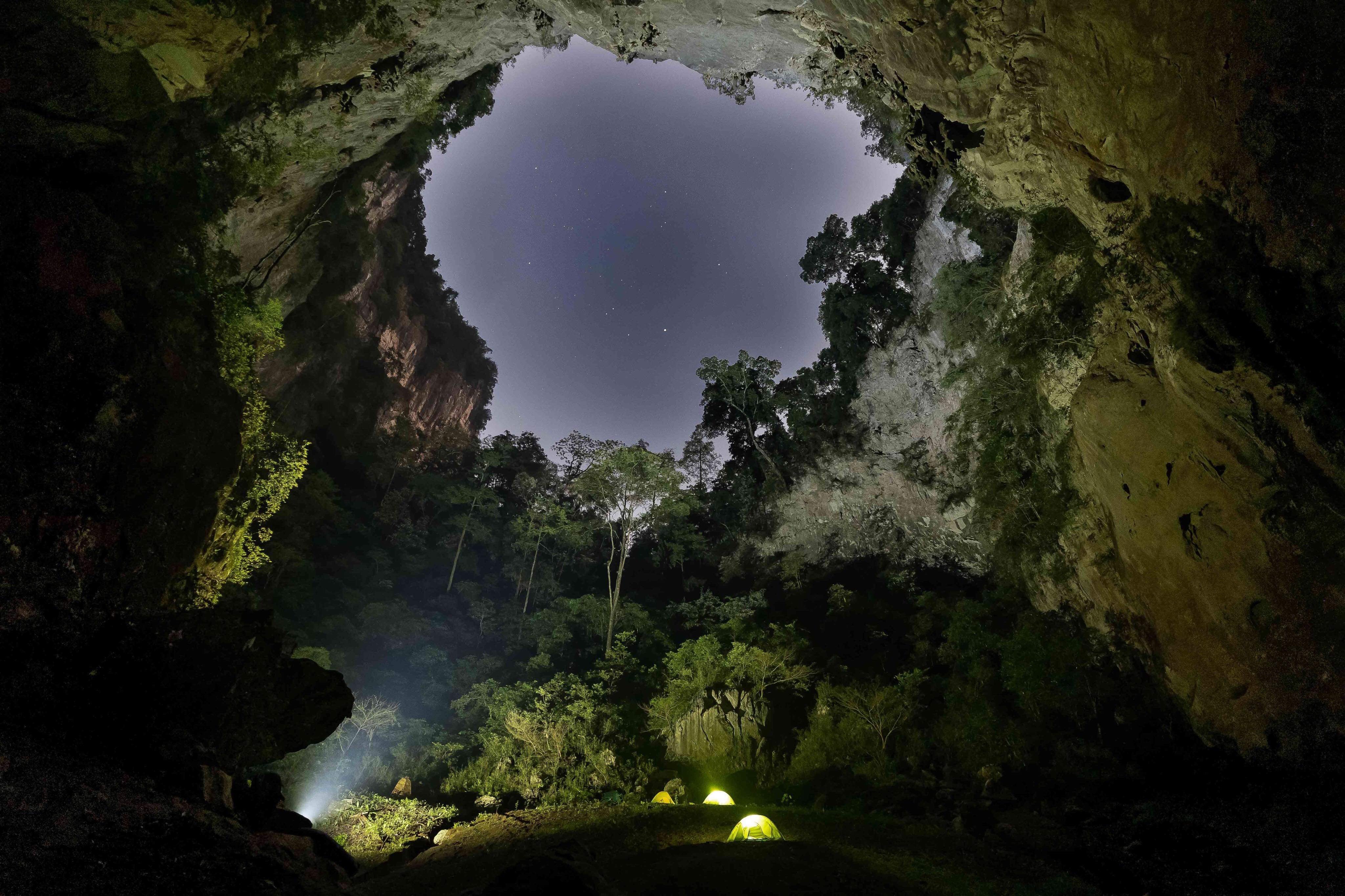
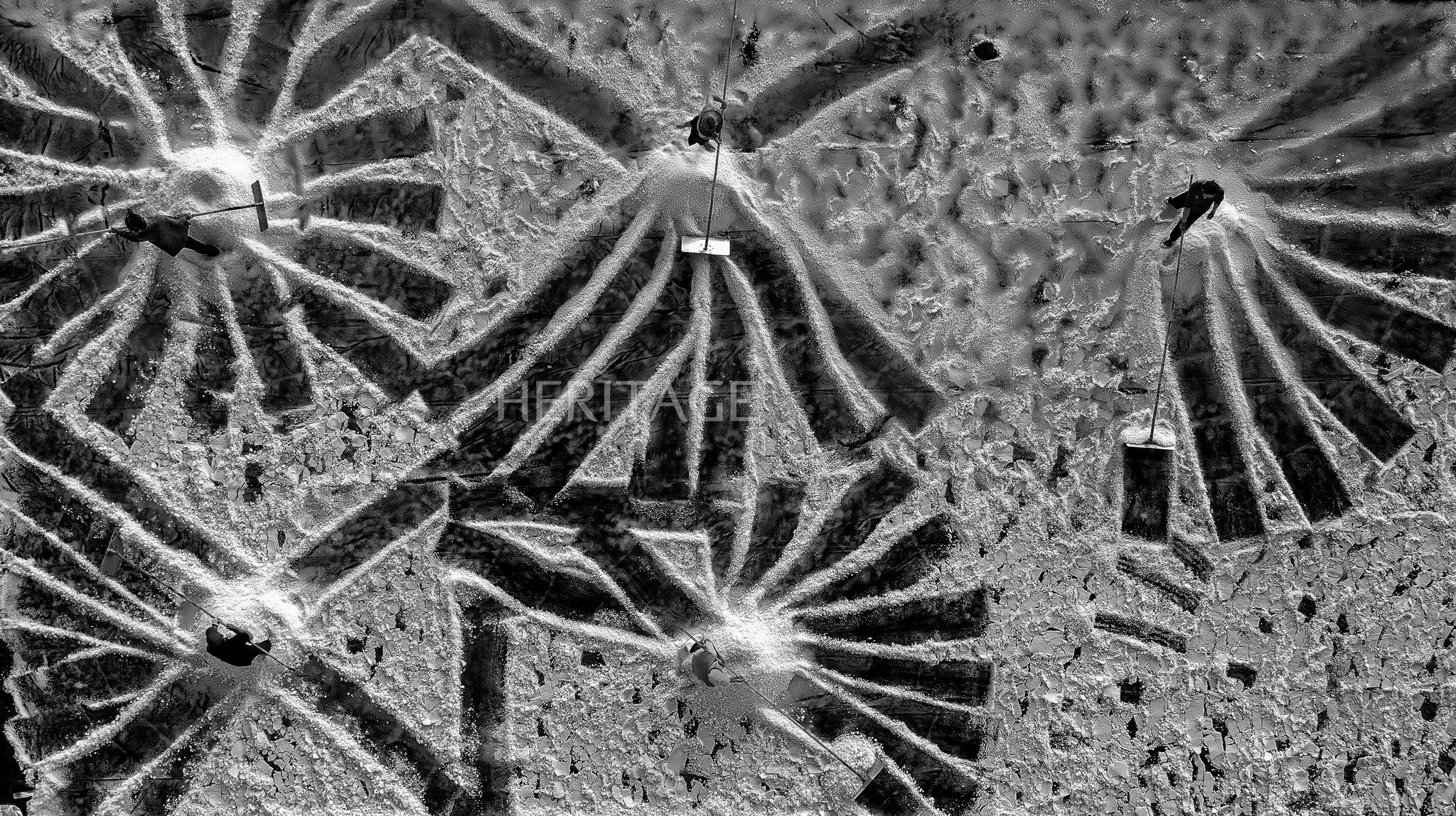
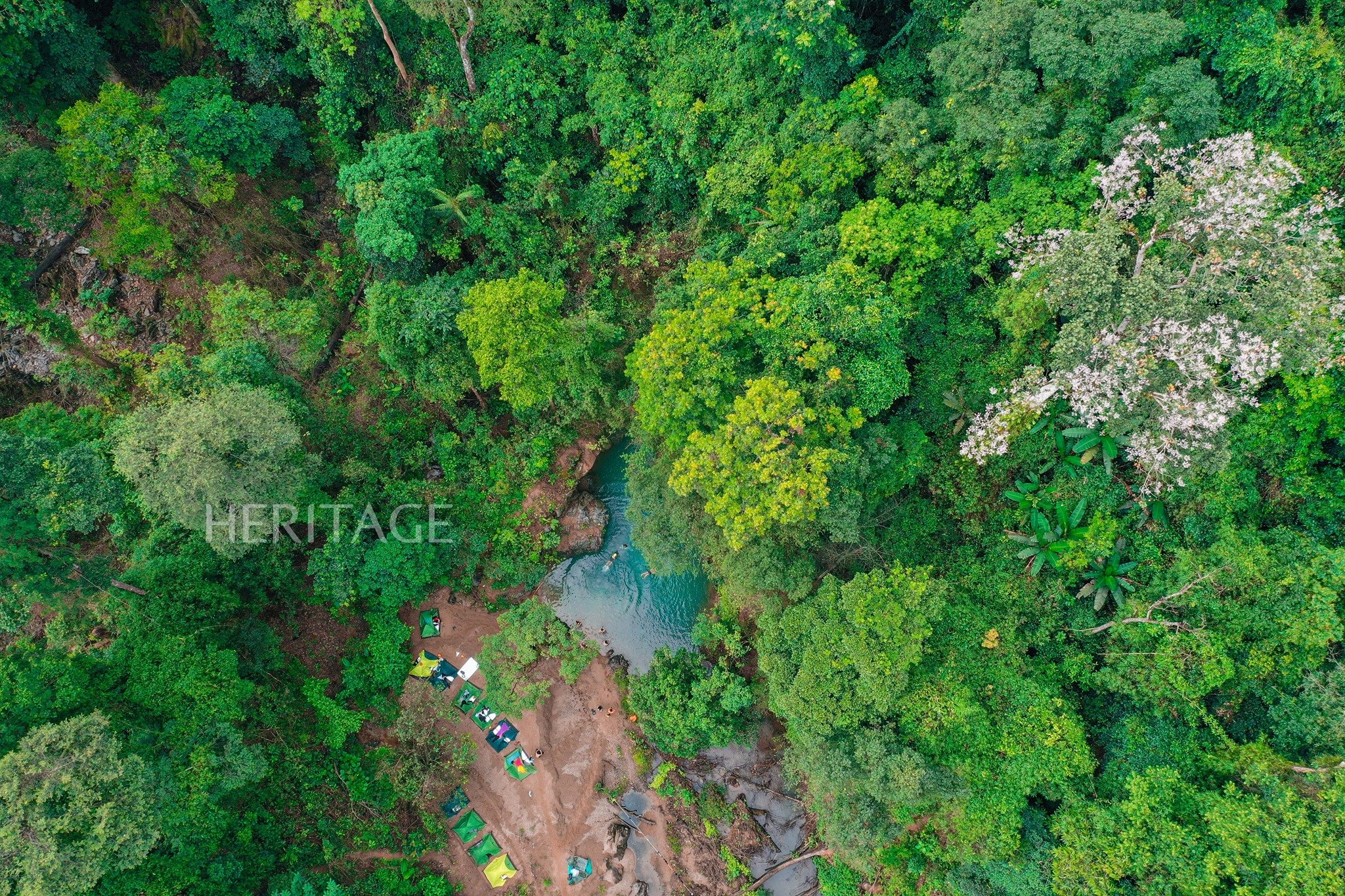

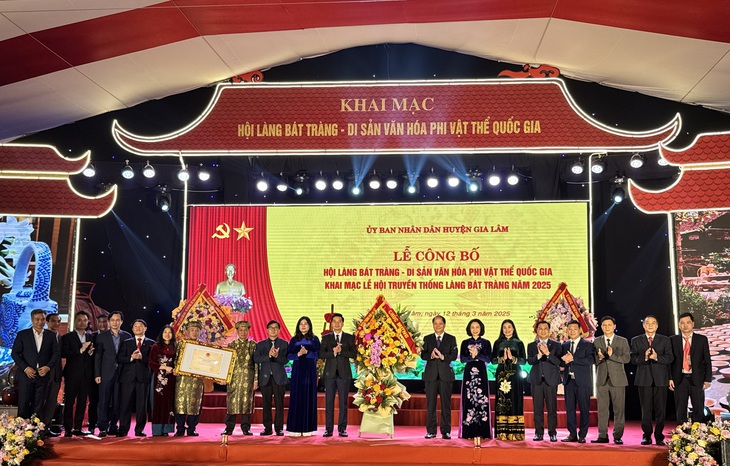



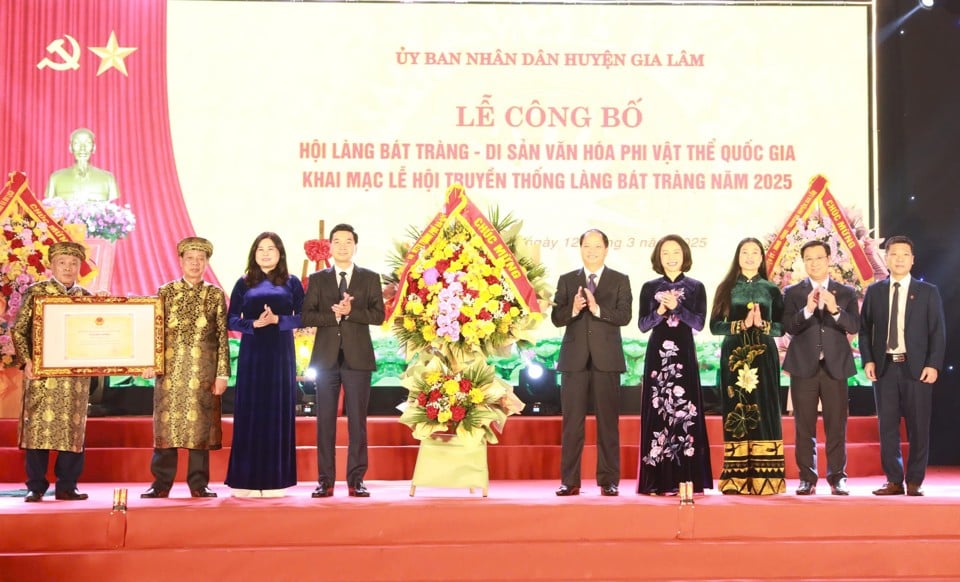

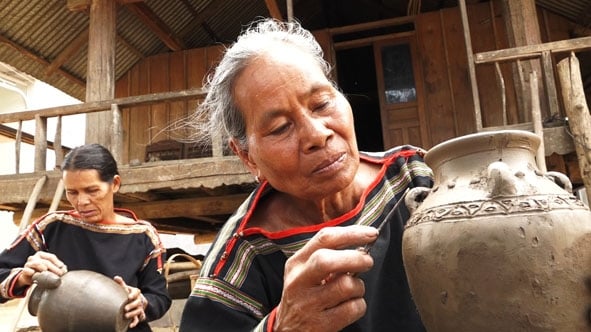


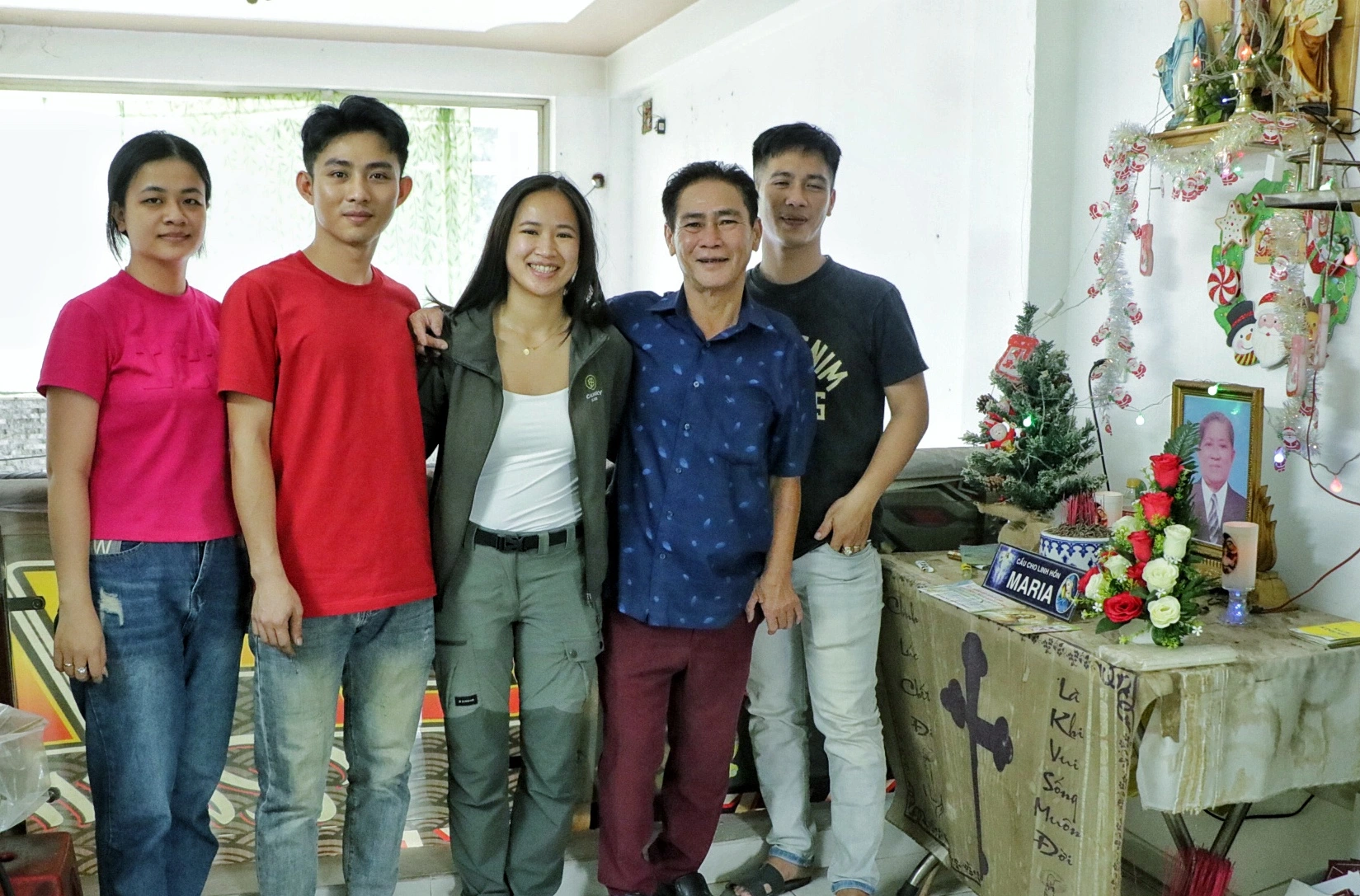
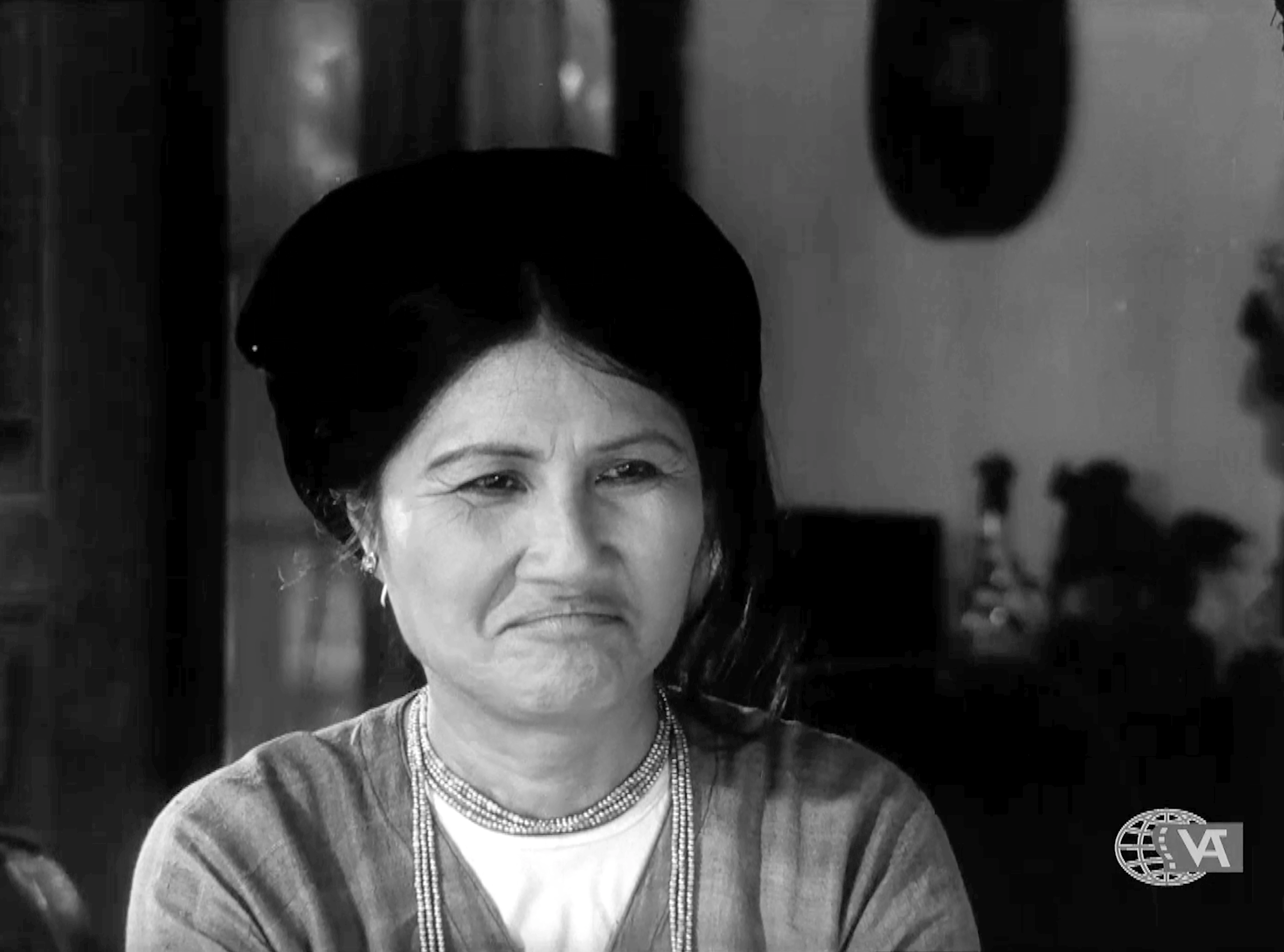










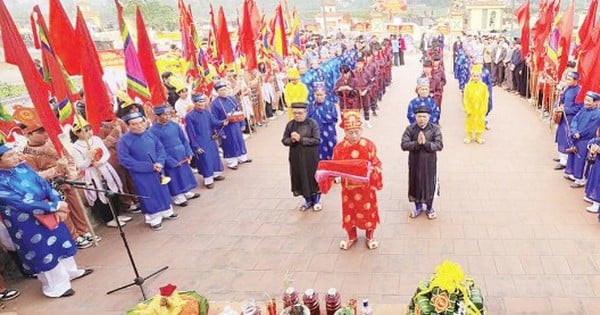

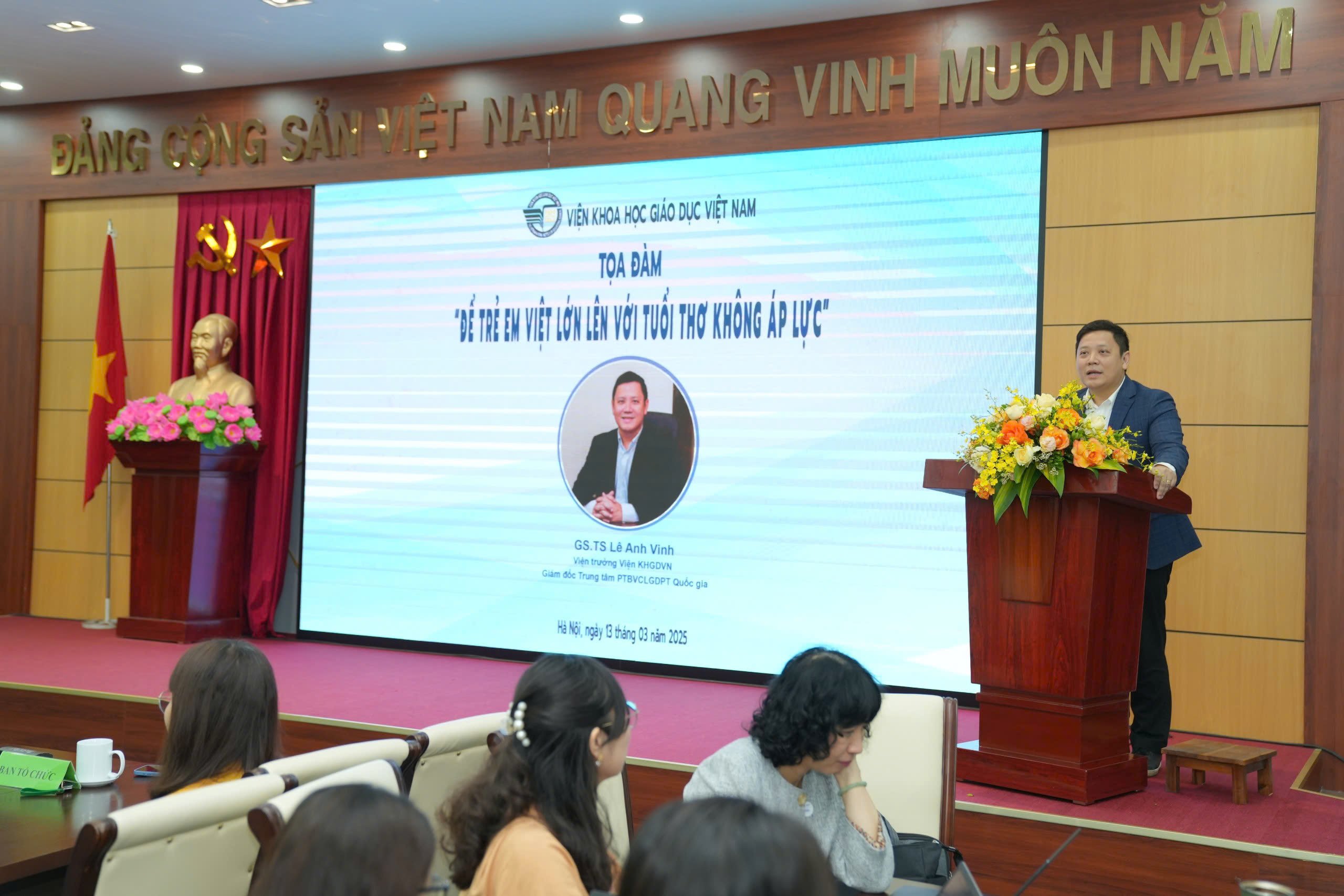


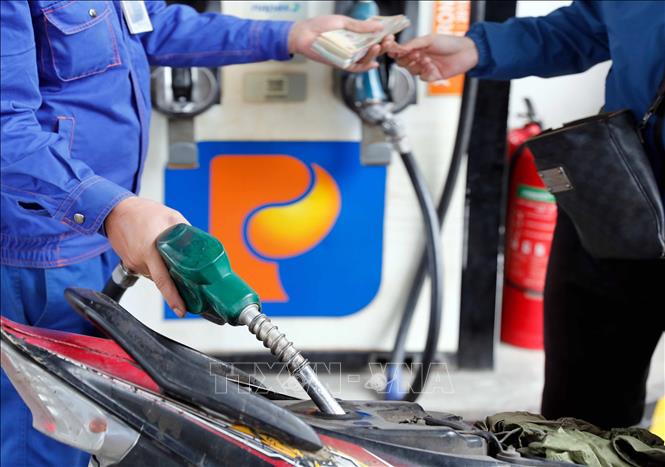

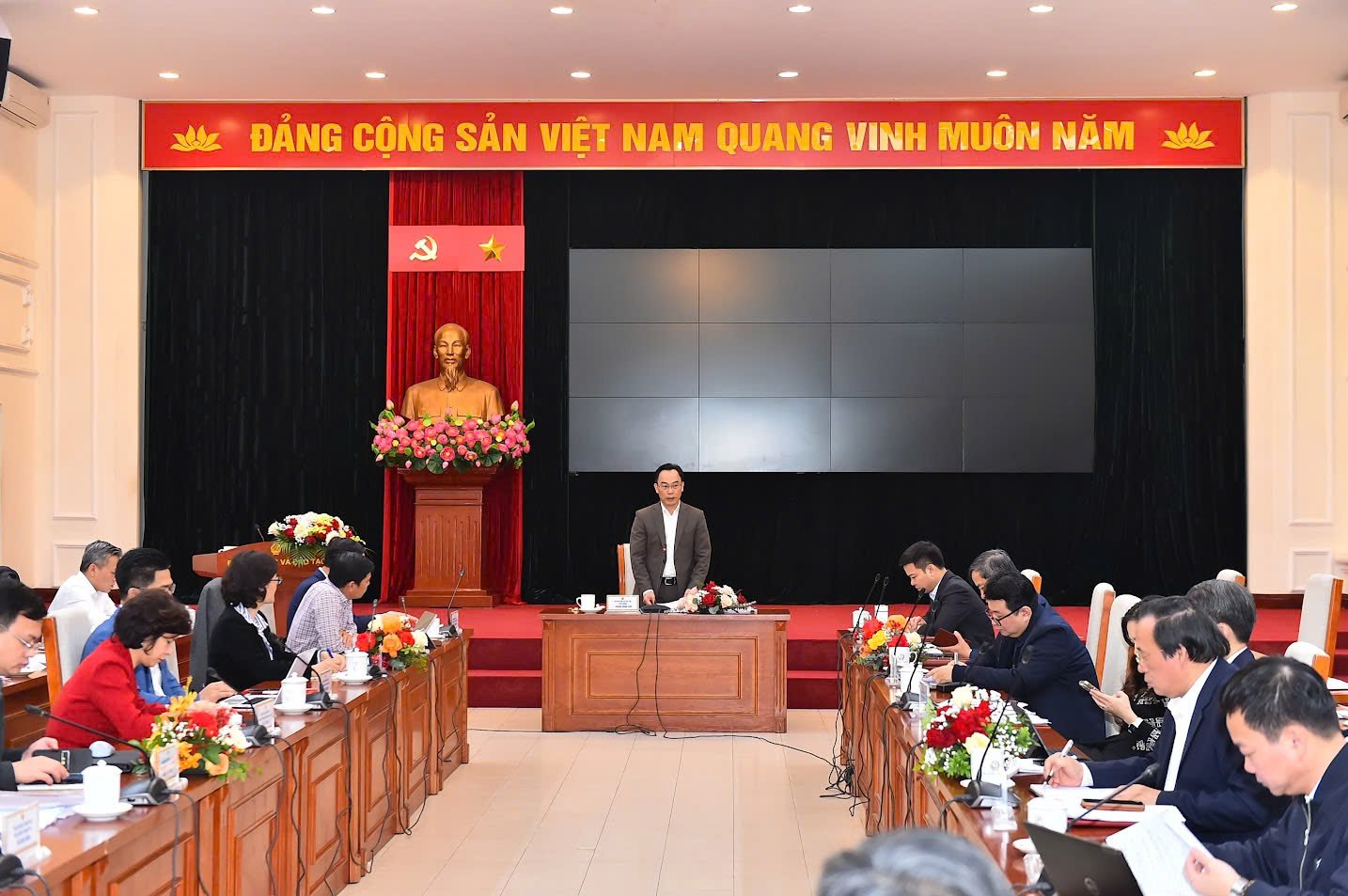
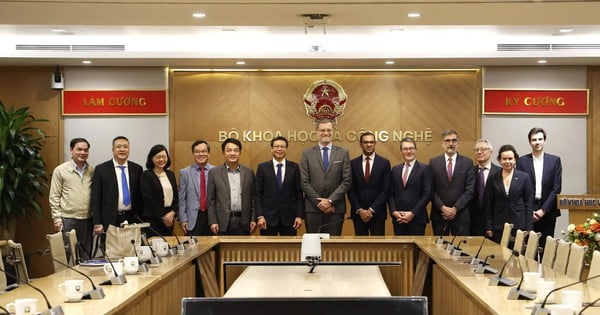








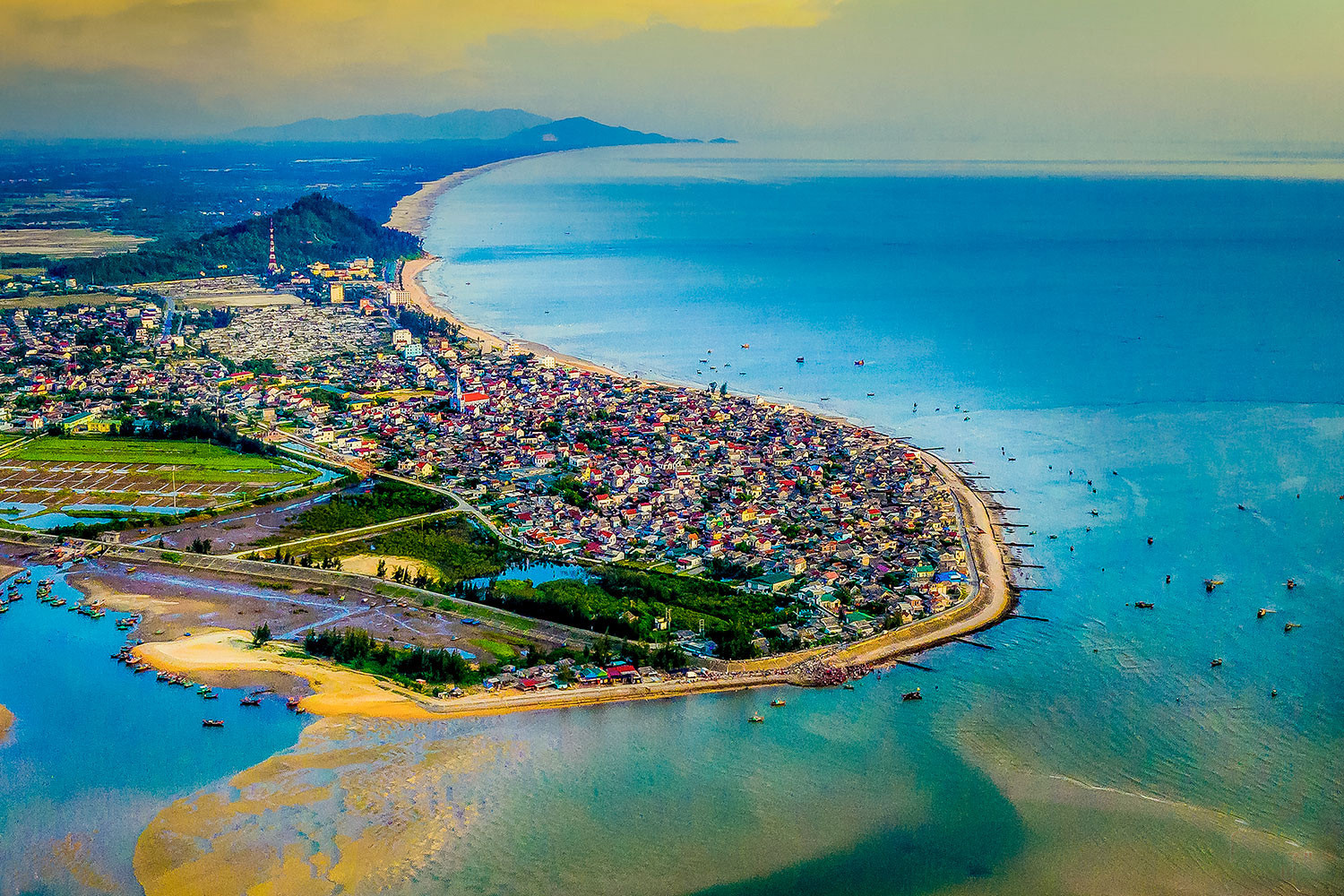
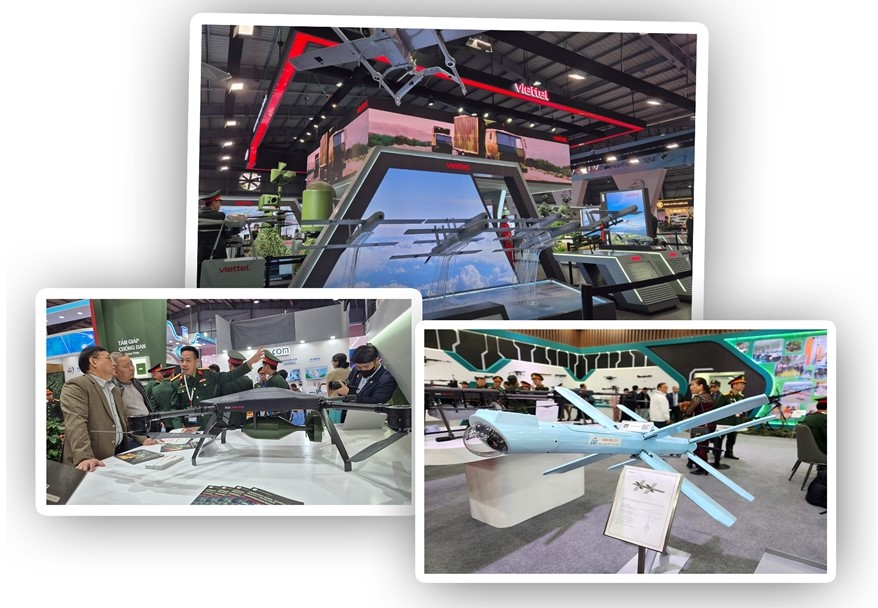

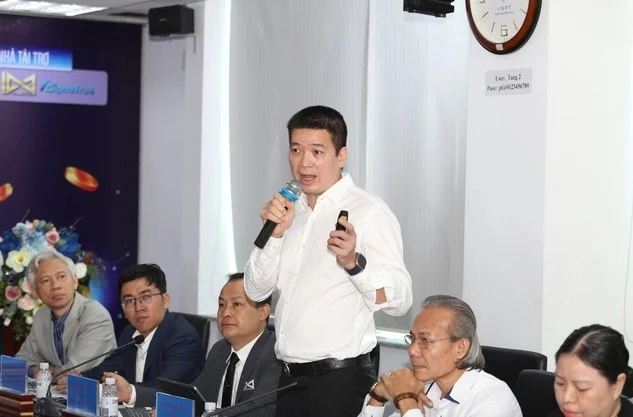
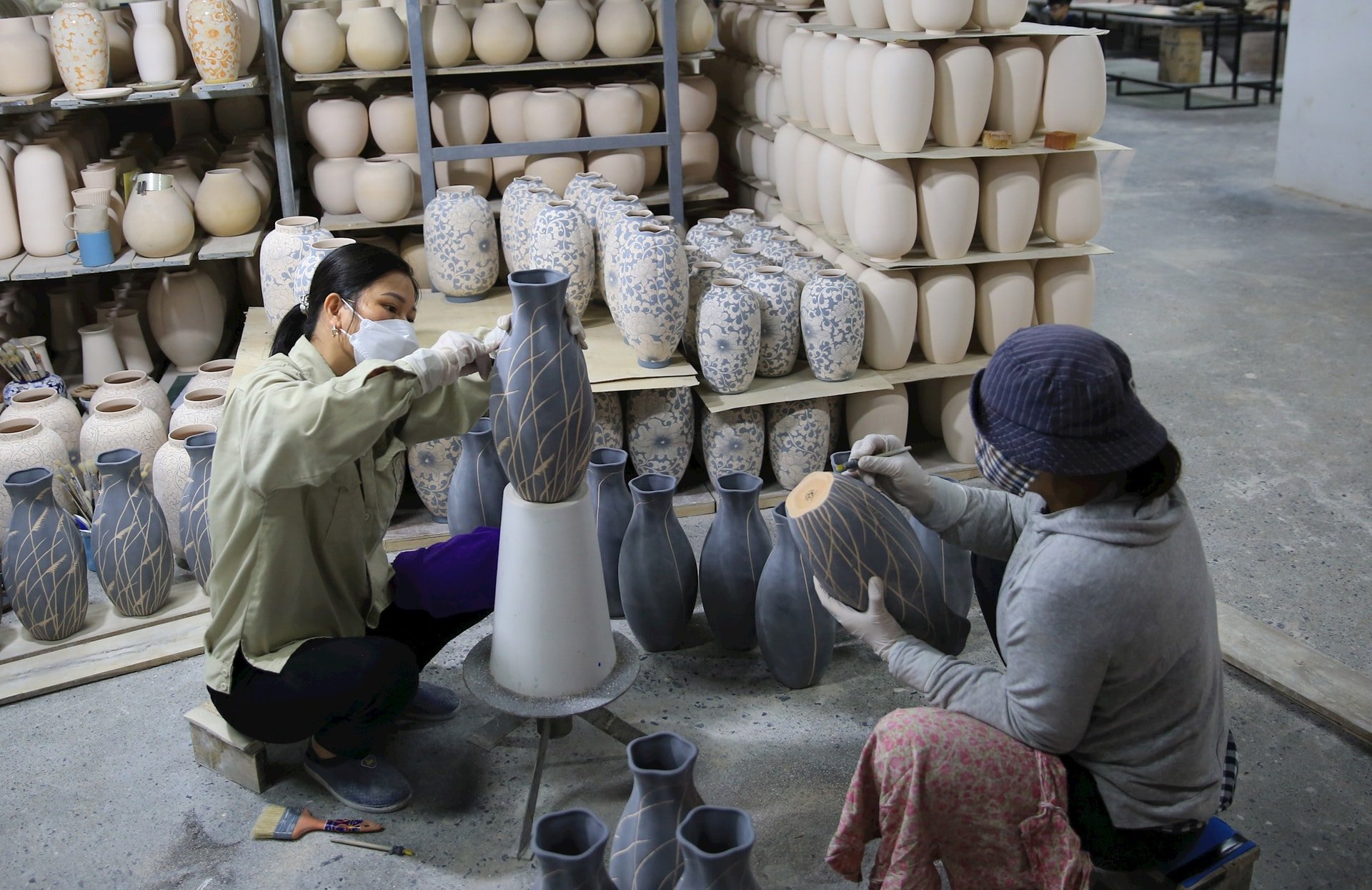

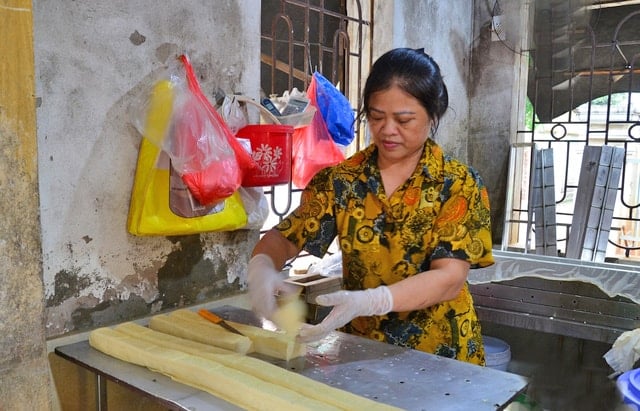
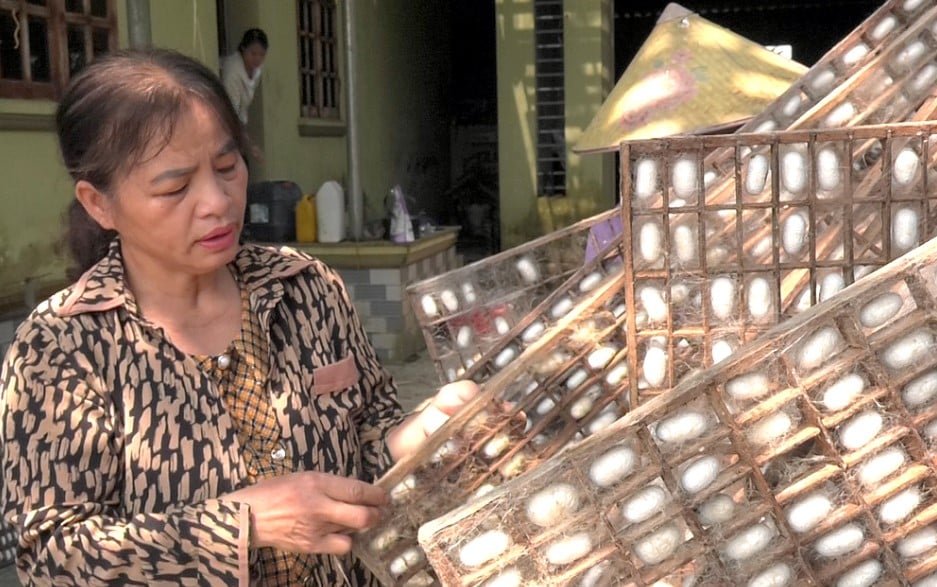
Comment (0)